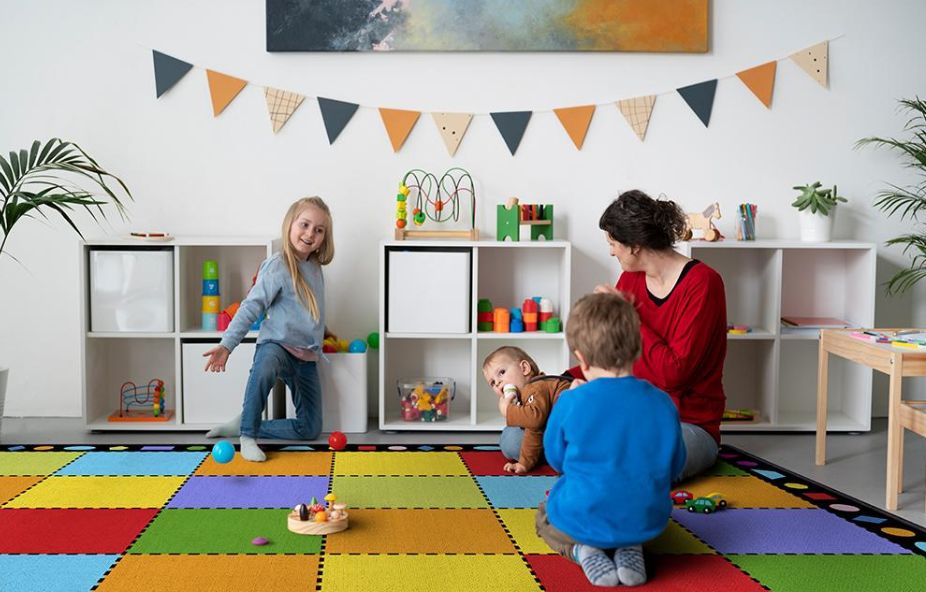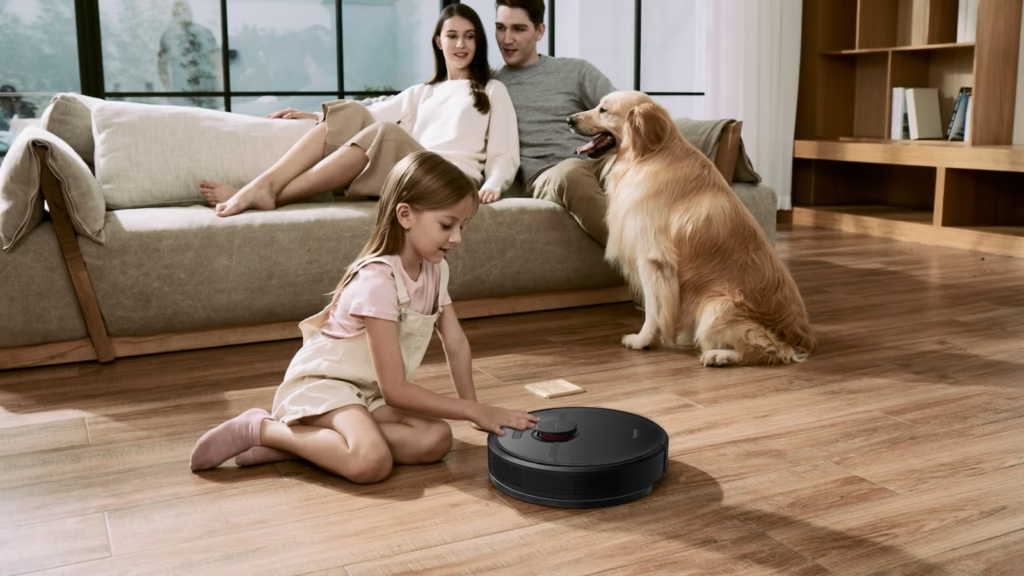The days of simply shrinking adult furniture and splashing it with primary colors are long gone. Today’s child-friendly furniture landscape has transformed dramatically as designers, child development specialists, and sustainability experts collaborate to reimagine spaces where our youngest inhabitants live, play, and grow. This evolution reflects our deepening understanding of how physical environments directly impact cognitive development, physical health, and emotional wellbeing.
Foundational Elements: Starting From the Ground Up
Any discussion of child-friendly spaces must begin where children themselves spend most of their time—the floor. A well-chosen playroom rug isn’t merely decorative but serves as the literal foundation for developmental play. The ideal floor covering balances several critical factors:
- Safety durability paradox: Must withstand spills, art projects, and constant foot traffic while remaining soft enough to cushion inevitable falls
- Developmental appropriateness: Should provide sensory stimulation without causing overwhelming visual processing for sensitive children
- Activity zoning capabilities: Quality childrens playroom rugs effectively delineate spaces for different types of play without requiring physical barriers
“The surface children play on directly influences their willingness to explore physically,” notes pediatric occupational therapist Meredith Thompson. “When we place toddlers on hard, cold surfaces, they naturally restrict their movements. On appropriately cushioned surfaces, we observe 34% more crawling, rolling, and exploratory movement—all crucial for developing proprioception and spatial awareness.”
The Montessori Revolution in Furniture Design
Maria Montessori’s century-old insights have experienced a dramatic resurgence in contemporary furniture design. Key principles include:
Child-Scale Independence Rather than designing “cute” miniatures, true Montessori-inspired furniture focuses on functionality that enables self-sufficiency. Critical features include:
- Weight appropriate for child manipulation
- Intuitive design requiring minimal instruction
- Visual simplicity with clear purpose
Floor-Based Living Montessori environments prioritize floor spaces over elevated furniture, recognizing that unrestricted movement is fundamental to development. This approach elevates the importance of quality playroom rug selections, which become the primary “furniture” where children read, build, and socialize.
Open Accessibility Traditional toy storage often creates dependency, requiring adult assistance to access closed bins or high shelves. Modern Montessori-inspired storage systems feature:
- Open, visible shelving at child height
- Clearly delineated spaces (often defined by childrens playroom rugs) for different categories of play materials
- Self-evident organizational systems that children can maintain independently
Ergonomics Reimagined for Developing Bodies
Today’s child-friendly furniture addresses a concerning paradox: while we’ve developed sophisticated ergonomic solutions for adult workspaces, children spend thousands of hours in developmentally inappropriate seating. Contemporary designs now consider:
Dynamic Seating Options Research demonstrates that children naturally seek movement while learning. Modern options include:
- Wobble stools that allow controlled movement while maintaining core engagement
- Floor seating arrangements on quality playroom rug areas that permit position changes
- Adjustable-height surfaces accommodating both standing and sitting
Postural Development Furniture designed with developing spines in mind incorporates:
- Gentle support that guides without forcing rigid positioning
- Scale-appropriate dimensions that prevent dangerous dangling feet
- Materials that provide proprioceptive feedback
Activity-Specific Ergonomics Different cognitive activities benefit from different postures. Progressive playspaces now include:
- Inclined surfaces for drawing and writing that reduce neck strain
- Comfortable floor seating with back support on childrens playroom rugs for reading
- Height-appropriate surfaces for construction and fine motor activities
The Transformable Future of Children’s Furniture
Perhaps the most significant evolution in children’s furniture is the emergence of transformable designs that adapt to rapidly changing developmental needs. These ingenious solutions include:
Growth-Adaptive Furniture
- Cribs converting to toddler beds and eventually to full-sized furniture
- Seating with modular components that reconfigure as children grow
- Play tables with adjustable heights serving from toddlerhood through teen years
Modality-Shifting Components Furniture that transforms based on activity rather than just age addresses the reality that children engage in dramatically different types of play throughout a single day:
- Play kitchens that convert to art stations
- Reading nooks that transform into puppet theaters
- Climbing structures that reconfigure into desks
Space-Optimization Solutions As urban living spaces shrink, children’s furniture increasingly incorporates clever space utilization:
- Play surfaces that fold into walls when not in use
- Storage ottomans that double as seating on playroom rug areas
- Stacking components that adapt to available space
Sustainability Beyond Materials
Modern parents increasingly demand environmental responsibility alongside functionality. The new generation of children’s furniture addresses sustainability through:
Material Innovation
- Biodegradable plastics derived from plant sources
- Ethically harvested solid woods with non-toxic finishes
- Recycled textiles for childrens playroom rugs and soft furnishings
Circular Design Principles
- Furniture designed for disassembly and material recovery
- Rental and exchange programs for rapidly outgrown pieces
- Modular systems allowing replacement of damaged components rather than entire units
Multi-Generational Durability
- Investment-quality construction intended for multiple children
- Classic aesthetic designs that won’t quickly appear dated
- Documented material sourcing for long-term safety verification
Creating Cohesive Environments That Grow
The most successful child-friendly spaces achieve cohesion through thoughtful integration of elements. Designers now recommend:
- Establishing a neutral foundation with adaptable, high-quality playroom rug areas that won’t require frequent replacement
- Selecting 2-3 complementary furniture pieces that prioritize function over character themes
- Incorporating transformable storage that evolves with changing toy collections
- Defining activity zones with specialized childrens playroom rugs that can be updated more economically than furniture
This strategic approach creates environments that evolve naturally alongside developing children—spaces that respect both the child’s current needs and the practical realities of parenting.





